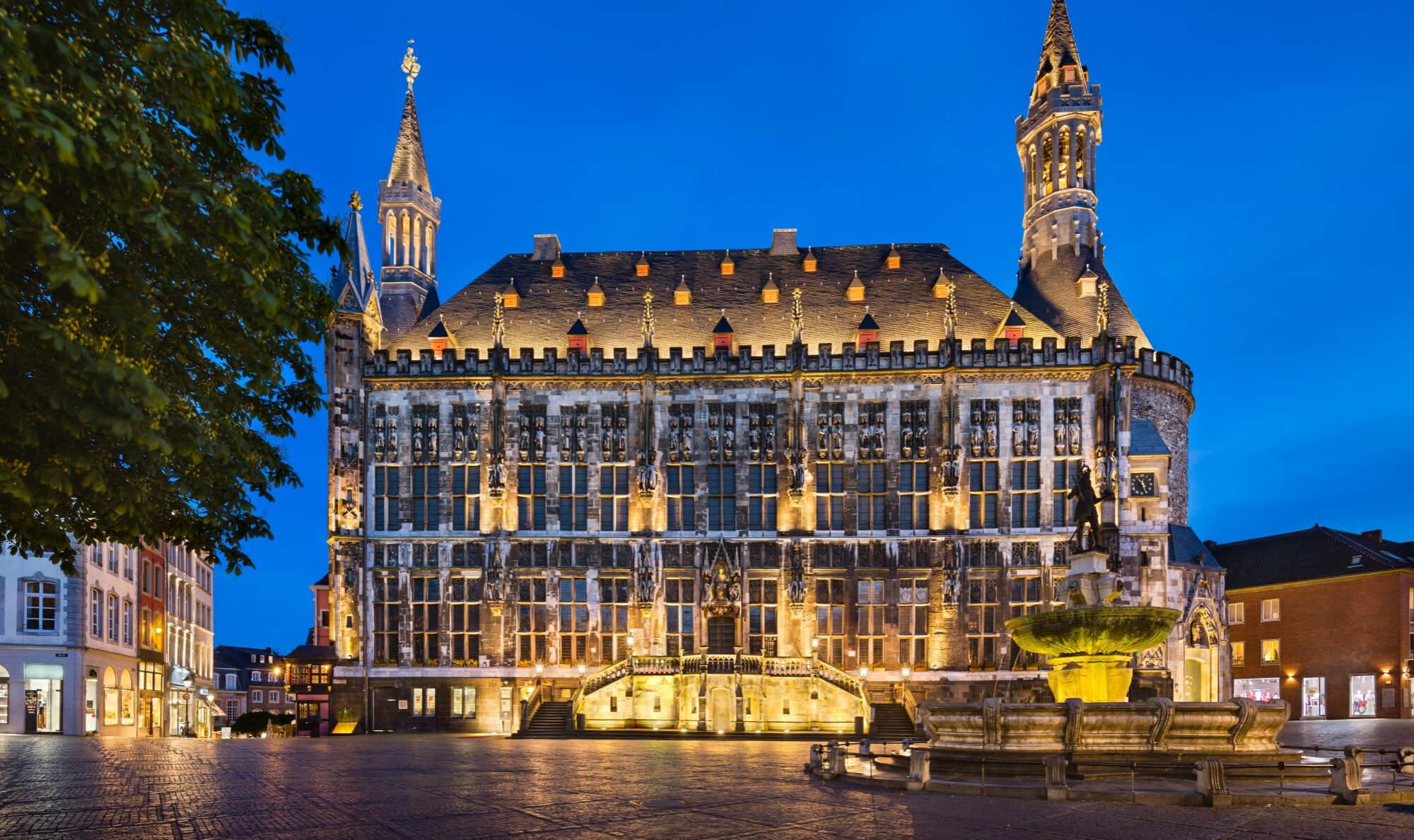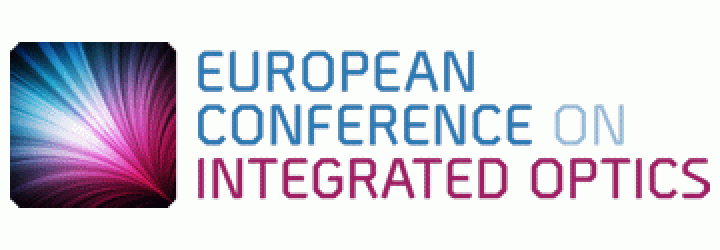The European Conference on Integrated Optics (ECIO) is the largest dedicated event on integrated optics in Europe and longest-running event dedicated to cutting-edge research and technological development in integrated photonics and nanophotonics.
It covers topics spanning from advanced materials and technologies to novel device concepts and emerging applications.
ECIO has now reached its 25th edition!
Join us in Aachen for a full in presence ECIO edition !
The conference focuses on leading edge research on integrated optics, opto-electronics and nanophotonics. The meeting gathers experts from academia and industry to show their latest scientific and technical results, and to showcase their products and services. The application scope is broad: it ranges from telecom / datacom to optical imaging, sensing, metrology, up to more disruptive areas like quantum and neuromorphic computing.
The most recent advances in the wide-ranging field of photonic devices are among the main features of the conference. Conference topics cover waveguide theory and novel waveguide concepts; devices, photonic integrated circuits (PICs) and their applications; technology platforms and materials, such as silicon-based photonics and III-V optoelectronics; circuit design models and tools; assembly, packaging and testing; PIC exploitation in classical and emerging applications.
Deadlines
EXTENDED deadline for paper submission: 18 March 2024- Author notification: April 14th 2024
- Early registration: until April 28th 2024
- Normal registration: until May 12th 2024
- Late registration: until conference
- ECIO conference: 17 – 19 June 2024
Accepted papers will be published online by Springer Nature. More information on Springer Nature’s preprint policy (self-archiving of books and chapters published via the subscription route). Posting of the submitted manuscript on arXiv is allowed.
Topics
Conference topics include, but are not limited to:
Integrated photonic technologies and platforms:
- Silicon photonics
- III-V optoelectronics
- Compound semiconductors
- Dielectric and polymer photonics
- LiNbO3 and other electro-optic materials
- Plasmonics
- Novel material integration
- Visible range, near-, mid-, far-infrared and THz waveguides and technologies
- Bio-photonic platforms for integrated devices
- Membrane photonics and photonic MEMs
- Wafer and die bonding technologies
- Hybrid & heterogeneous integration
- Electronic-photonic convergence
- Production methods and (generic) foundry concepts
Devices and Integrated Circuits:
- Waveguides, waveguide devices and on chip diffractive optical elements
- Functional devices: programmable filters, switches, buffers, large-scale circuits, polarization management
- Active devices: lasers and laser arrays, amplifiers and detectors
- Modulators: ultrafast, nano and low energy
- Nonlinear devices: wavelength converters, mixers and regenerators
- Plasmonic waveguides and devices
- Assembly, packaging and hybrid integration techniques
- Optical connectivity – coupling techniques to photonic integrated circuits
- Electronic connectivity
- Flip-chip bonding
- Testing and characterization techniques of waveguides and PICs
Novel physical insights and materials:
- Devices beyond conventional limits
- Enhanced light-matter interactions
- Inverse and computer aided design
- Computational analysis and methods
- Ultra compact and nanoscale devices
- Quantum and high precision photonics
- Novel devices based on magneto-optic, piezo-electric, and ferroelectric materials
- Nanophotonics, photonic crystals, subwavelength and metamaterials devices
- Raman and Brillouin gain
- Novel modeling and simulation techniques
- Unconventional materials for photonics
- 2D materials and phase change materials
- Energy-efficient photonics materials
- Non-linear materials and effects
Applications of PICs:
- Telecom and data communications, optical interconnects
- Control layer for PICs
- Programmable photonic circuits, neuromorphic, photonic processors
- Biological, chemical and other sensing transducers
- Optomechanical devices and micro- and nano-electro-mechanical systems
- Spectroscopy
- Quantum computing and PICs for quantum communications
- Free-space optical communications, LiDAR | Photonic A/D conversion, logic, memories
- Nonlinear functionalities
- Frequency combs and supercontinuum generation
- Generation, manipulation and detection of single photons in PICs
Submission requirements and instructions
Conference papers need to follow the Word (preferred!) or Latex templates from Springer Nature and need to be uploaded as a PDF together with a copyright agreement form and the Latex / Word source file that will be required to typeset your paper.
The main body of the text, excluding abstract and references, should not exceed 2000 words. You are welcome to submit a shorter paper, however submissions below a 1000 words (about three pages) will be considered an extended abstract for screening of the talks / posters only and will not be included in the e-book. If you do not wish your paper to be published after the conference, please mark it as such.
There is no formal page limit as long as the maximum word count is not being exceeded.
Template
Word (preferred!) and Latex templates can be downloaded here. Please note that usage of the templates is mandatory.
Copyright
The copyright agreement form can be downloaded via the following page. Please note that digitally signing the form will lock the other fields, so make sure to fill them out beforehand.
Policies
Submission of a paper to ECIO implies that you accept and follow the publishing policies of Springer Nature stated in the copyright agreement, in particular in regard to copyright and respectful communication.
Submission is closed
The organisation of the 2024 edition is in hands of RWTH Aachen.


